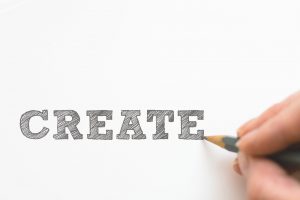 Creating a prototype is an extremely important part of the invention process. A prototype is basically a 3-D version of your idea. Creating a prototype provides you with a physical version of your vision that you and others can touch and feel.
Creating a prototype is an extremely important part of the invention process. A prototype is basically a 3-D version of your idea. Creating a prototype provides you with a physical version of your vision that you and others can touch and feel.
Prototypes are often used for demonstration and presentation purposes. They can help attract investors and help your business appeal to your intended audience. Although your prototype probably won’t look exactly like the finished product, it provides an excellent starting point for any project.
Test and Refine the Functionality of Your Product
While your idea might look great on paper, it’s not until you actually begin creating it that you get to see how well it works. Building a prototype allows you to test your design and fix flaws that you might not have considered during the design process. This is possibly the greatest benefit of developing a prototype.
Test the Performance of Your Materials
Although you may have decided to use metal for your project, sometimes when you start building you realize plastic performs better and/or costs less. This type of situation happens more often than most people believe. Creating a prototype allows you to test out various materials and discover what works and what does not.
Understand Your Product Better
Building a prototype helps you better understand your product. This enables you to describe the product more efficiently to both your team and potential business partners.
Others Will Take You More Seriously
Being able to present a prototype allows you to show potential clients, business partners, investors, and even your attorney that you are serious about your idea. This might be just what you need to get the attention you deserve.
Developing a Prototype
You have two options when it comes to the creation of your prototype: you can attempt to build it yourself or you can partner with an experienced contract manufacturer. Many start-ups and small businesses begin by making a prototype out of everyday materials. If the company decides to move forward with their invention, they will typically need to create a pre-production prototype as well. This is when a contract manufacturer can help. A quality CM can help locate flaws in the design and discover ways to cut costs and improve the overall quality of the finished product. These are experienced individuals capable of creating a wide range of prototypes.


